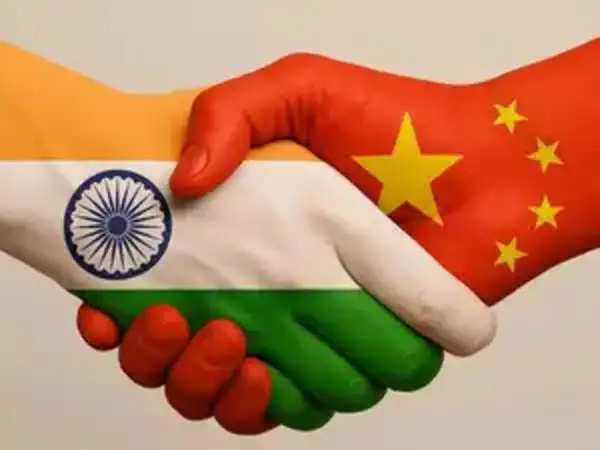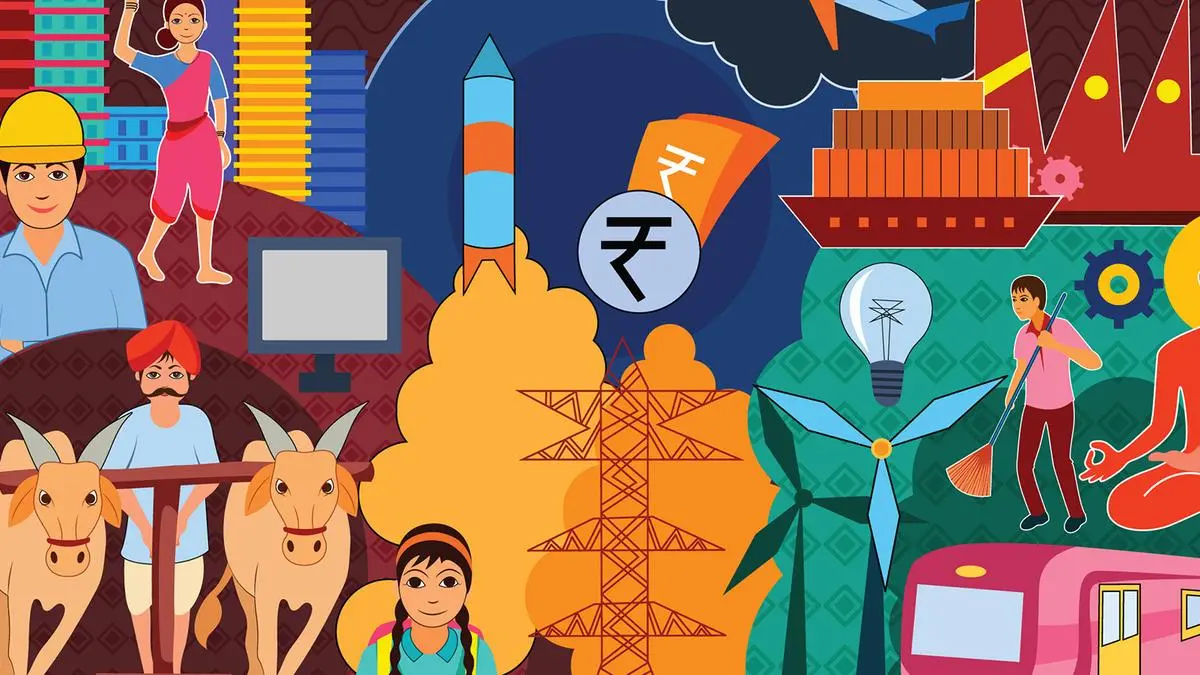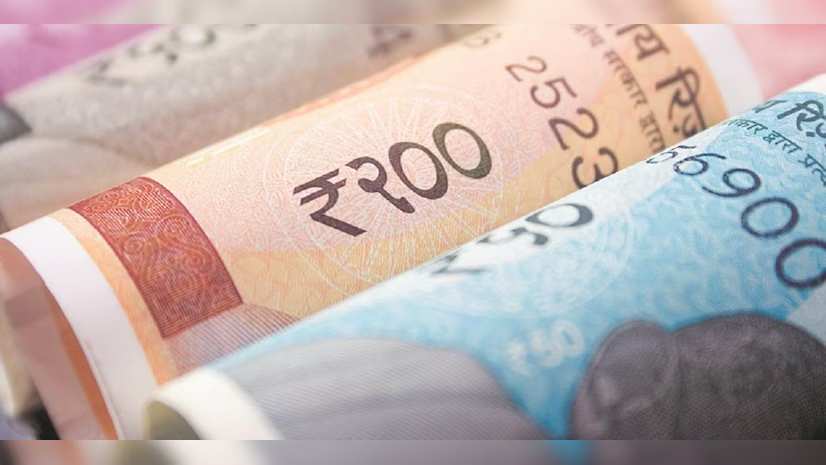Hey, like this? Why not share it with a buddy?

India’s economy faces potential disruption as new tariffs threaten $87 billion in exports to the US, potentially shaving off up to 80 basis points from GDP growth. Brokerages warn of significant impacts on export-heavy sectors, leading to possible Government intervention and RBI rate cuts. With the first wave of 25% Trump tariffs kicking off today and another 25% set to slam exports from August 27, top brokerages warn that the steep tariff, which is akin to a trade embargo for India’s massive $87 billion export engine to America, could shave up to 80 basis points off India’s GDP growth but only if it is implemented after 20 days. This tariff rate will imply that a large majority of India’s US$ 87bn (2.2% of GDP) worth exports to the US are now potentially at risk,” warns Jefferies analyst Mahesh Nandurkar, as the 50% effective tariff rate puts India alongside Brazil in facing the world’s highest trade barriers.
Morgan Stanley’s number-crunching reveals that the 50% tariff applies to 67% of India’s exports to the US, translating to $58 billion (1.5% of GDP) under immediate threat. Only pharmaceutical and electronics exports, roughly 30% of India’s US shipments, remain exempt for now. “Assuming all goods exports are subject to a 50% tariff rate, the direct impact on growth is likely to be 60bps, while the indirect impact could be of a similar magnitude, over a period of 12 months,” Morgan Stanley analysts warn. Even under the more conservative scenario covering 67% of non-exempted goods, “the direct impact could be 40bps while the indirect impact could be of the same magnitude, taking the total impact to 80bps.” Morgan Stanley’s economist Upasana Chachra expects the Reserve Bank of India (RBI) to abandon its cautious stance: “We expect RBI to undertake further rate easing, with potentially two additional rate cuts (25bps each), over and above the 25bps rate cut penciled in our base case.” The Central Government is likely to pause the fiscal consolidation and potentially allow capital spending to increase to support domestic demand, Chachra adds, signaling a complete reversal of India’s consolidation drive.
Goldman Sachs doubles down on damage:
Goldman Sachs had already penciled in a 0.3 percentage point hit to GDP growth from the initial 25% tariff. Now, with the additional duties, they warn of “a potential incremental drag of around another 0.3pp (annualized),” effectively doubling the economic pain. However, Goldman maintains some hope in the three-week negotiation window: “We see downside risks to our growth estimates for both CY25 and CY26, but are not making any changes to our growth forecasts at the moment, given that there is a three-week window for negotiations.”
Tariff impact on exports:
Nomura warned that if executed, the steep 50% tariff would be similar to a trade embargo and will lead to a sudden stop in affected export products. The lower value addition and thinner margins across a number of industries (textiles, gem & jewelry) could jeopardize operations, especially of smaller firms that will struggle to compete, it said. The brokerage notes that India now faces tariff burdens “similar to that of China and much higher than ASEAN economies (19-20%), putting India’s goods at a significant disadvantage.” Impact is already cascading across multiple export-facing sectors including textiles, jewelry, chemicals, capital goods and fisheries, all industries where the US accounts for 30-40% of India’s global exports.
The domino effect of tariffs:
Emkay Global’s Seshadri Sen warns of a cascading crisis beyond just trade numbers: “A 50% tariff will bring Indian exports to the US to a near-complete halt, with second-order hits on employment-heavy sectors like textiles and jewelry. We see the Government stepping in with fiscal support to these sectors, including protecting banks from potential NPLs.” Sen anticipates a “short-term vicious cycle of CAD worries, rupee weakness, FPI selling and a correction in equities,” though he believes this would be “short-lived” given India’s domestic consumption base. Not everyone sees permanent doom. SBI Securities suggests Trump’s strategy is pure negotiation theatre: “Trump’s statement clearly indicates that he is just posturing to arm-twist and carve the best possible deal in the interest of the US economy. Ultimately, he also knows that some midway solution has to be arrived at so that the interests of both the negotiating countries are taken care of.”
Tariff survival strategy for stock market investors:
While the direct impact of tariffs is limited on companies in the listed universe, investors are worried about the near-term volatility. With uncertainty at peak levels, Emkay Global offers a four-point survival guide:
- Look through the near-term volatility. Trying to trade this uncertainty is highly risky, as news flows could move in either direction at very short notice.
- Minimise exposure to export-oriented and globally exposed sectors. Even if the final trade agreement is not as bad as it appears now, a sharp slowdown in the global economy looks inevitable.
- Buy the dip if the market correction goes above 5% from here. Valuations would then be comfortable at well below the long-term averages.
- Stick to domestic consumption plays with overweight positions in Consumer Discretionary and Industrials.
Source : https://economictimes.indiatimes.com/markets/stocks/news/tariff-tandav-on-indias-87-billion-export-machine-morgan-stanley-jefferies-others-decode-impact-on-economy-markets/articleshow/123158320.cms?from=mdr










